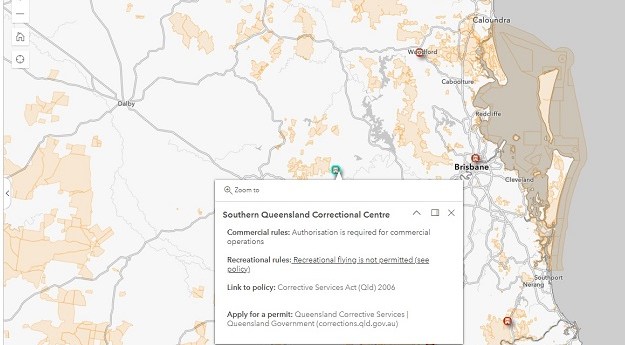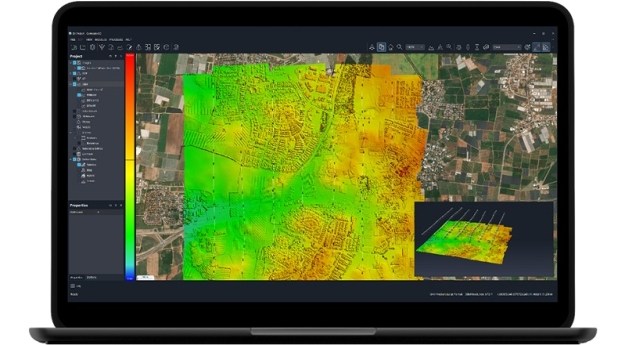On 15 November 2007, a category 4 cyclone, called Cyclone Sidr, came ashore in Bangladesh. Wind speeds reached 225 km/h; some waves were eight metres high. More than 3200 people died.
Bangladesh is a prisoner of its geography. Three rivers, the Brahmaputra, the Ganges and the Meghna, rise in the Himalaya mountains before they converge into a vast delta and pour into the Bay of Bengal. Bangladesh is built over the flood plains of those three great rivers.
The flat land of each of the plains is fertile. As a result, the country is densely populated. Therefore, floods on any of the three rivers affect large numbers – millions – of people.
When all three rivers run high, which happens often enough with monsoon rains and melting snow from the Himalayas, much of Bangladesh is under water. Most of the country is only 1-2 metres above sea level.
So Bangladesh is caught. The rising of sea levels; the way the Bay of Bengal narrows to a tip in the north, focussing the energy of ocean waves; and the tropical storms whipped up in warm tropical water; shallow seas. All these things conspire with river water from the Himalayas, which cannot escape except over the land where the people live.
Things are getting worse. Far to the north, in Nepal, villagers with a different set of problems – no fuel for their cooking fires – are cutting down the forests. Instead of soaking into the ground, rains rush down the valleys, increasing the flood risk.
In 1970, a category 3 storm that made landfall in western Bangladesh caused 300,000 deaths, which was one of the most deadly natural disasters in modern history. The country suffered catastrophic storms in 1987, 1988, and 1998.
In 1991 an estimated 138,000 people died as a result of a cyclonic tidal wave. However, a network of cyclone shelters and a warning system introduced after the 1970 disaster was very effective in lowering the death toll.
The most recent flooding occurred mid-November 2007. Over 70 percent of the land area was inundated. It damaged or destroyed over 12 million houses; more than 23 million people were affected.
Flooding also hit the neighbouring Indian state of Assam, affecting more than 12 million people and killing about 180 people.
In Nalbari district, 241 villages were submerged completely. In addition to severe shortages of drinking water, diseases such as bronchitis and diarrhoea spread and killed many people.
But the people of Bangladesh are not entirely victims. To overcome such frequent threats to the lives and economy of the country, development or access to early warning systems has been of great importance, to enable the people and government to take action to prevent greater loss of life.
A newly established operations co-ordination room in the Disaster Management Bureau, and the flood forecasting and warning centre in the Bangladesh Disaster Preparedness Centre were the principal entities involved on the ground. They used satellite remote sensing imagery in disaster reduction and management operations.
Monitoring, control and management of such widespread calamities require continuous observation of the area. As a result, space technologies such as remote sensing, GIS, GPS and communications play a useful role.
In November, many national, regional and global disaster relief and humanitarian organisations were mobilised. They provided sources of information and data collection. They also secured robust communications networks for managing, controlling and monitoring the disaster.
At a local level, the Bangladesh Meteorological Department used satellite images of the cyclone to track its movement.
The Bangladeshi branch of Habitat for Humanity was also active. It operates mainly through Habitat Resource Centres and related satellite centres in local communities. Its charter is to rehabilitate people hit by disasters.
The World Food Program distributed high-protein and energy biscuits, rice and polypropylene bags.
Much of this was possible because on 15 November, the United Nations Office for Outer Space Affairs activated the UN International Charter on Space and Major Disasters. This is a program created to provide the international community with enhanced access to satellite imagery and GIS services.
The project was managed by the Zentrum fur Satellitengestutzte Kriseninformation (ZKI) – the centre for satellite based crisis information – which is part of the German space agency – Deutsche Zentrum fur Luft und Raumfahrt (DLR). It is a service of DLR’s remote sensing data centre which specialises in rapid acquisition, processing and analysis of satellite data.
Its analysis is tailored to meet the specific requirements of national and international political bodies as well as humanitarian relief organisations.
The data applied by ZKI was 10 metre-resolution Spot and 16 metre-resolution TerraSAR-X imagery. TerraSAR is a new high resolution radar satellite managed by Infoterra.
The European Space Agency was running another program. Under its Earth Watching Project, ESA uses satellite remote sensing to monitor emergencies as they happen, keep track of floods, alert coastguards to pollutants in the water, detect burning fires or assist authorities in rebuilding after disasters.
ESA’s European Space Research Institute (ESRIN) and Eurimage started the Earth Watching project in 1993 to supply satellite data and pertinent information quickly in cases of natural disasters.
Cyclone Sidr was monitored and screened by Earth Watching using data collected by the Advanced Synthetic Aperture Radar (ASAR) and the Medium Resolution Imaging Spectrometer (MERIS) instruments on Envisat.
If nothing else, the exercise proved the effectiveness of radar imaging at times when the region is cloudy. Both ASAR and TerraSAR-X were extremely useful.
The Hawaii based Pacific Disaster Centre (PDC) also monitored the advent of Sidr and its behaviour. PDC provides applied information research and analysis support for the development of more effective policies, institutions, programs, and information products for disaster management, and for humanitarian assistance communities in the Asia Pacific region and beyond.
The US Earth Observatory and Natural Hazards Program of NASA, the National Oceanic and Atmospheric Administration, and the US Geological Survey (USGS) also monitored the cyclone.
Using different sensors aboard a variety of satellites, the calamity’s different dimensions were monitored continuously. For instance, data from the Moderate Resolution Imaging Spectro-radiometer (MODIS) on NASA’s Terra satellite was used, as was the Tropical Rainfall Measuring Mission (TRMM), a joint mission between NASA and the Japanese Space Agency (JAXA).
Sidr was a disaster, but it was not as bad as it might have been. The challenge is to learn from such experiences so that the next time, even fewer people die. Because there will be a next time. The Bangladeshi people need to live with their geography.
Parviz Tarikhi is a space science and technology worker in Iran. He has been involved with the United Nations Committee on the Peaceful Use of Outer Space (UN-COPUOS) since 2000, including as second vice-chair and rapporteur in 2004-06 of the committee bureau.
Issue 33; February-March 2008












